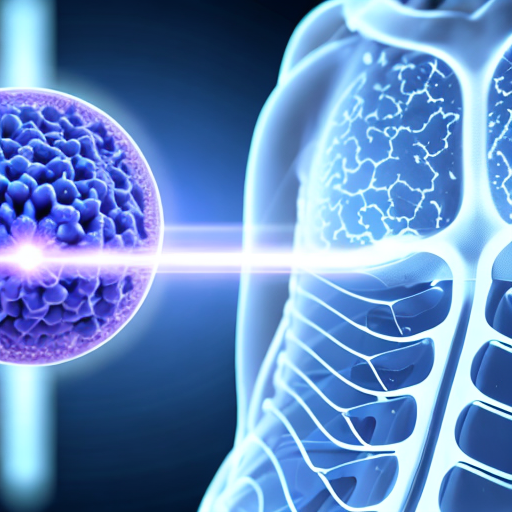According to a study recently published in Gastroenterology, a machine learning (ML) model can predict esophageal adenocarcinoma (EAC) and gastric cardia adenocarcinoma (GCA) automatically three years before a formal diagnosis.
According to the researchers, over the past fifty years, EAC and GCA rates have increased dramatically in the United States and other western nations, necessitating the need for enhanced screening.
According to Joel Rubenstein, MD, a professor of internal medicine at Michigan Medicine and a research scientist at the Lieutenant Colonel Charles S. Kettles Veterans Affairs Centre for Clinical Management Research, screening can detect pre-cancerous changes in patients, such as Barrett’s esophagus, which is occasionally diagnosed in people with long-term gastroesophageal reflux disease, or GERD.
Many healthcare professionals are unaware of the necessary screening recommendations, which can hinder patients and care teams from taking action to stop the growth of these cancers. Because of this, he said, it is often discovered that people who are ultimately diagnosed with EAC or GCA have never had any screenings.
The research team set out to develop an automated tool that could be integrated with EHRs to assist in clinical decision-making in order to solve this issue.
The Veterans Health Administration (VHA) Corporate Data Warehouse was used to train the final model, the Kettles Esophageal and Cardia Adenocarcinoma predictioN (K-ECAN). From there, the VHA Central Cancer Registry was used to locate 8,430 patients with EAC and 2,965 with GCA, and they were compared to 10,256,887 controls.
In order to estimate a person’s risk of acquiring esophageal adenocarcinoma and gastric cardia adenocarcinoma, K-ECAN leverages fundamental data that is already readily available in the EHR, such as patient demographics, weight, prior diagnoses, and standard laboratory results, said Rubenstein.
This can aid healthcare professionals in assessing each patient’s risk.
According to Rubenstein, GERD symptoms like heartburn are a significant contributor to the development of esophageal adenocarcinoma. However, esophageal and gastric cardia adenocarcinomas typically do not manifest in GERD symptoms. A substantial portion of those who had this type of cancer had never even previously had any GERD symptoms. Due to its ability to detect those who are at increased risk, regardless of whether they exhibit GERD symptoms or not, K-ECAN is particularly helpful in this area.
The model was discovered to have superior discrimination to two previously validated prediction models and existing guidelines, and Rubenstein stated that K-ECAN can accurately predict cancer at least three years before a diagnosis.
According to the research team, integrating a technology like K-ECAN into EHRs could inform healthcare professionals whether patients are at risk of EAC or GCA by sending them an automatic message at convenient times, including when the patient is due for a colorectal screening.
They claimed that by doing this, the prevalence of certain cancers may be greatly reduced.
The researchers will continue their work to validate K-ECAN outside of the VHA in the future.
Other initiatives to enhance cancer care through ML are also in progress.
An ML model created to forecast the probability of six-month mortality for patients with advanced cancer starting a new line of therapy (LOT) was externally validated by researchers earlier this month.
At different treatment decision points (TDPs), the model was initially developed to categorize patients’ mortality risk to aid in facilitating serious illness discussions between clinicians and patients.
The model was found to accurately categorize patient mortality risk using 45 variables acquired from EHRs that are implementable using the Fast Healthcare Interoperability Resources (FHIR) standard, showing the potential for these tools in oncology care.








